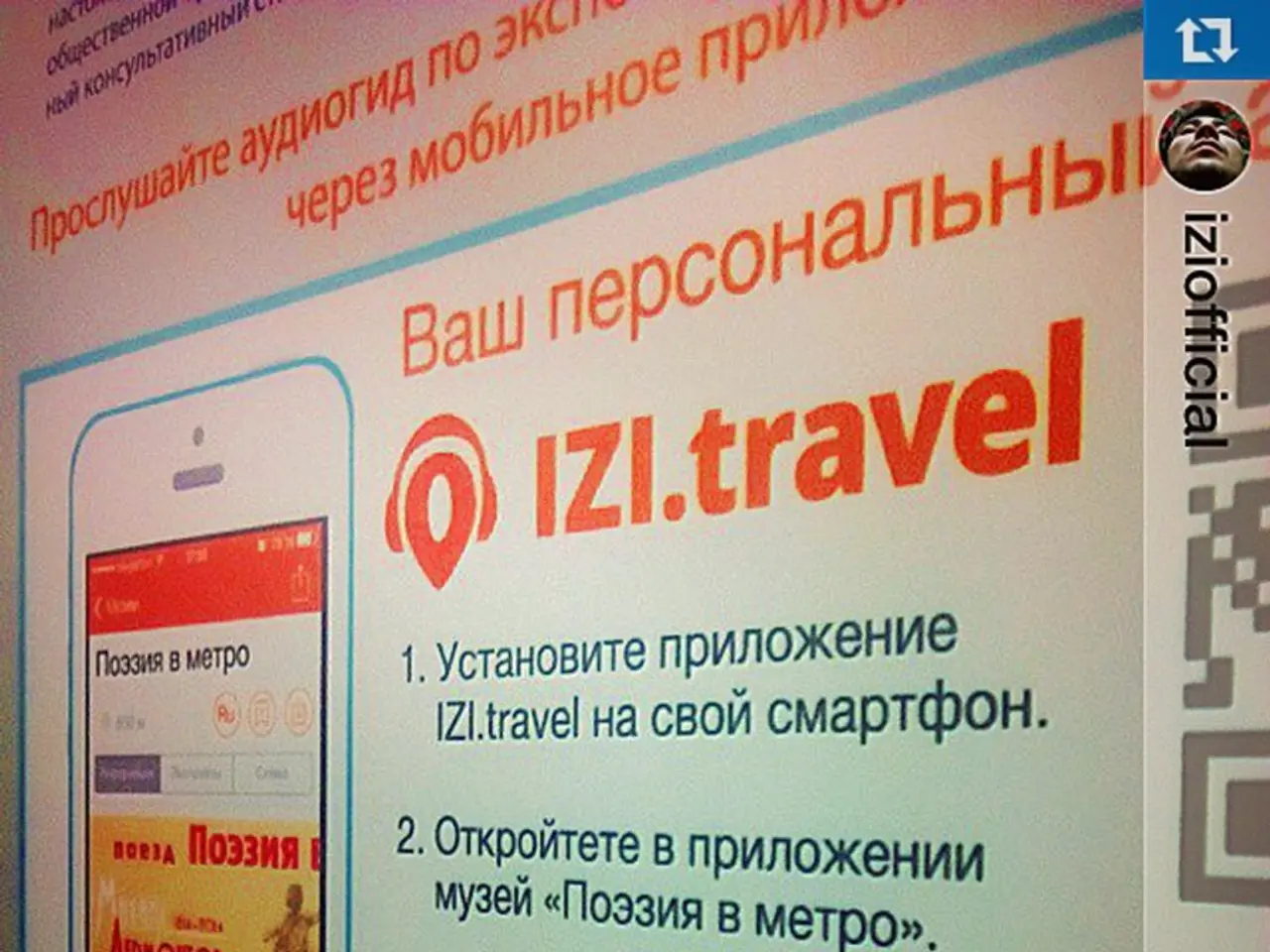Identifying Deceptive Email Scams: A Guide to Phishing Detection
In the digital age, phishing scams pose a persistent threat to internet users worldwide. However, by following a comprehensive approach that combines effective firewall configuration with additional security practices, you can significantly reduce your risk of falling victim to these malicious attacks.
Setting Up Your Personal Firewall
A robust personal firewall is the first line of defence against phishing scams. Here's how to set it up:
- Enable and configure the Windows Defender Firewall:
- Navigate to the Start Menu, then Settings, followed by Privacy & security, and finally Windows Security. Click on Firewall & network protection.
- Ensure the firewall is active, then use "Advanced Settings" to create inbound and outbound rules to control which programs and ports can send or receive network traffic.
- Consider using additional software and hardware firewalls:
- Install a software firewall on your device and, if possible, a hardware firewall at your router or modem to offer layered defence.
- For advanced users, organize firewall rules:
- Organize rules into groups (in tools like Cortex XDR or advanced firewall management) to precisely allow or block traffic based on protocol, app, IP addresses, and ports.
Strengthening Firewall Defences Against Phishing
Beyond setting up a firewall, there are several steps you can take to further strengthen your defences:
- Keep your browsers and software updated:
- Regularly update your browsers and software to close any security loopholes that phishers may exploit.
- Use security software with anti-phishing capabilities:
- Equip your device with antivirus, anti-malware, and dedicated phishing detection tools.
- Utilize network threat intelligence tools:
- Implement real-time alerts on suspicious domain and IP activities through tools like cloud/on-premises phishing detection systems.
Additional Critical Practices
In addition to a strong firewall and up-to-date security software, adopting good cyber hygiene practices is essential:
- Use strong, unique passwords and multi-factor authentication:
- Strengthen your account security by using complex, unique passwords and enabling multi-factor authentication.
- Exercise caution with email links and attachments:
- Be wary of suspicious email links or attachments, and always verify the sender's authenticity.
- Regularly scan your device with antivirus software:
- Regularly scan your device with reputable antivirus software to detect and remove any potential threats.
- Avoid accessing sensitive information on insecure Wi-Fi:
- Limit your use of sensitive information on insecure or untrusted public Wi-Fi networks. Consider using a VPN to secure your connection.
- Limit app permissions:
- Minimize potential vectors for exploitation by limiting app permissions.
- Educate yourself on phishing tactics:
- Stay informed about phishing tactics and regularly test your awareness with phishing simulation tools.
By following these guidelines, you can create and strengthen a personal firewall against phishing scams, transforming the narrative from a source of dread to an opportunity for growth and connection within our digital communities.
- To further bolster your personal firewall, consider implementing smart technology solutions such as automation and artificial intelligence into your cybersecurity systems.
- In addition to a comprehensive approach to firewall configuration, incorporate technology like glass-based user interfaces for easier cybersecurity management.
- As you strengthen your defenses against phishing scams, ensure that your systems employ the latest technology to monitor for cyber threats, such as AI-powered cybersecurity tools.
- To maintain the effectiveness of your personal firewall, consistently update its technology components, including hardware, firmware, and software, to protect against evolving phishing tactics.




